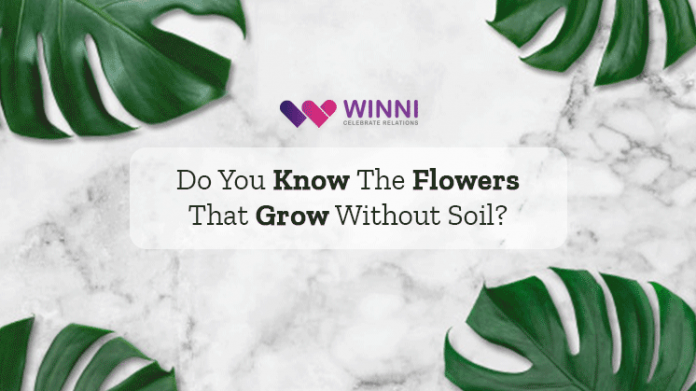All that we look for when growing flowers or plants is a land with fertile soil and lots of fertilizers. However, you will be happy knowing that now you can also grow certain flowers without soil. Hence, if you are a beginner or live alone in some other city and are a bit skeptical about starting with pots, soil, and all of that, then no worries as we are here with a list that can help you know about the plants which can be grown without soil. Let us delve deep now!
Philodendron
Verbenaceae, the genus Flavonaria, includes more than eighty common names for this aromatic herb with a long tradition in folk and herbal medicine. The plant is native to Burma, India, and East Africa but now grows throughout much of the world. Leaves are oval to lance-shaped and contain six to nine oval leaflets, each with a distinctly unequal base and the terminal leaflet often bearing one or whiter flower clusters. The common name Flavonaria refers to the distinctive blue and lemon color of the flowering foliage. Online flower delivery in Chandigarh provides this amazing flower at your home now.
Orchids
The Orchids contains two subgenera. One is marked by a steryl appearance on the leaves, which occur in purple shades, ranging from dark purple on the foliage of the Philodendron species to light purple on the foliage of the Euterpe species. A phyllanous appearance on the leaves characterizes the second subspecies in the genus. Flowering stems and branches of the genus occur in diverse shapes, ending in tapering tails while others are straighter with pointed tips. The genus’s flowers occur in two distinct forms: the common iris, which has green leaves, resembles a drop Prunella (a cactus flower), and the hyssop or leaves are with yellow or orange flowers resembling a rose.
Air Plants
Like most cacti, air plants require that the soil it grows on should drain easily, and it should receive direct sunlight during most of the day. For successful growth, Philodendron must have well-drained soil. If this condition isn’t met, the foliage will often appear dry, even after just a week of being indoors. Airplants can also become susceptible to cold weather if not properly brought inside during colder periods. Allow an inch of water to drip onto the soil every couple of days during colder months, and use a glazed pot rather than plastic when planting in containers.
Spanish Moss
With its drooping, gray-green tendrils, Spanish moss (Tillandsia usneoides) evokes humid summer days and the romance of southern climes. The plant often grows from trees, absorbing water and nutrients from the atmosphere, but it can also grow indoors with proper care. To maintain Spanish moss as a houseplant, mist it with water at least twice a week and fertilize it with a high-phosphorus liquid fertilizer every two weeks. Any Spanish moss gathered from the wild will be infested with small insects, so if you want to grow it indoors, purchase plants from a trusted supplier.
Marimo Moss Balls
Marimo moss balls, also known as Cladophora balls, are spherical algae. They can be grown in an aquarium with fish or live alone in a jar of water. To maintain marimo moss balls, simply keep them in low indirect sunlight, and change their water every couple of weeks.
Paperwhites (Narcissus tazetta)
Paperwhites are a variety of daffodil that can be forced from bulbs indoors during the winter. These fragrant plants will gladly grow in nothing more than water and some pebbles. Thanks to their white and yellow blooms, cheerful paperwhites will buoy you up over those cold, gray months.
Aechmea
A member of the Bromeliad family of tropical plants, aechmea, is often sold in nurseries in decorative containers. The plants can grow in a small amount of soil, yet they’re nonparasitic grapplers with their roots anchored to a host plant in the wild. Aechmea thrives in both light and shade, and it’s not susceptible to many pests. Given their easy care and colorful appearance, it’s no wonder they’re often given as gifts!
Hope that you can now plan to send flowers online to your peeps who want to start gardening with something simple yet subtle!




